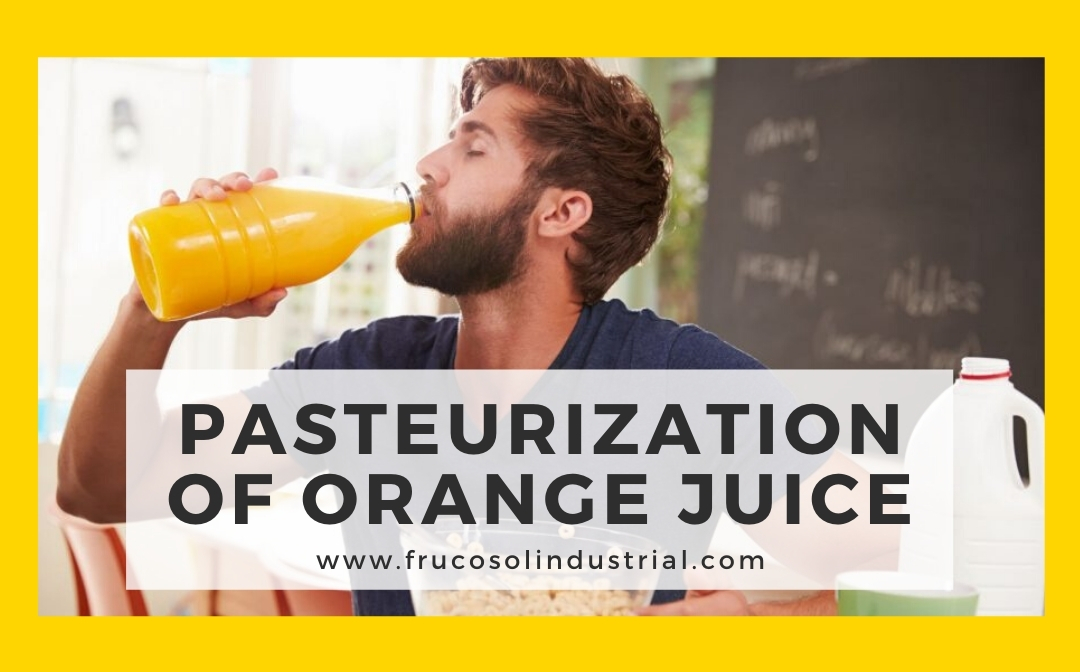Natural orange juice is increasing its demand worldwide, due to a greater trend of consumption of fresh refrigerated products compared to those from concentrates.
Orange juice is the most popular drink in the world. It has good flavor and nutritional value.
- Contains vitamin C, carotene, citric acid, cellulose, pectin, and various minerals.
- The rich vitamin C and carotene can help prevent cardiovascular disease.
- Cellulose and pectin can improve intestinal transit.
- Drinking orange juice frequently can improve your appearance and reduce your risk of cancer.
According to market statistics, orange juice remains the king of the world juice market, occupying 46% of the market share for juice. With increasing health awareness, consumption of orange juice will continue to grow. Therefore, the production of orange juice is a promising business.
The manufacturers face the challenge of how quickly the taste and quality of the juice change and deteriorate after the orange is squeezed. Like any fruit, oranges are perishable, and to achieve an acceptable shelf life, the juice must be pasteurized to destroy microorganisms and stop enzyme activity.
PROCESSING OF NATURAL ORANGE JUICE
From an industrial point of view, we can consider that the orange is made up of 43% juice and 57% rind and pulp. Due to the different varieties of oranges, the climate, the season of the year and the source, these figures can vary considerably. The separation process used, the heat treatment and the storage conditions are also factors to consider.
Types of pasteurization technology.
The LTLT (low temperature long-term) pasteurization process is intermittent. Today, it is only used in small-scale milk plants to make cheese products.
HTST (short-term high temperature) pasteurization is a fluid process. It is processed in plate heat exchangers and is widely used for milk production. Pasteurized milk still contains some bacteria, and must be kept at a low temperature for transport and storage.
The generally used HTST pasteurization has 2 types:
One is to heat the milk to 62-65 ℃ and hold for 30 minutes. This process can eliminate various growth pathogenic bacteria, with a disinfection rate of 97.3% ~ 99.9%. Left bacteria are some thermophilic bacteria, heat resistant bacteria, and spores, of which most are lactic acid bacteria that benefit human health.
The other is to heat the milk to 75 ~ 90 ℃ and hold for 15 ~ 16 seconds. This method takes less time but is more efficient. You can kill most bacteria without causing loss of nutrition.
UHT pasteurization (ultra thermal treatment) is the most efficient technology. Heat raw materials to 135 ℃ -140 ℃ and hold for 3-5s. The short time protects drinks from loss of nutrition. It has a more complete sterilizing effect and pasteurized drinks can be kept longer.
Pasteurization of orange juice
Pasteurization can eliminate the decomposing organisms in orange juice and passivate enzymes that can cause chemical changes. But heating can damage the quality of orange juice. Therefore, to achieve the effect of sterilization and reduce its effect on the quality of the juice, we need to control the temperature and the heating time. Usually we adopt HTST sterilization, 93 ℃ ± 2 ℃ for 15-30s, or more than 120 ℃ for 3-10s.

